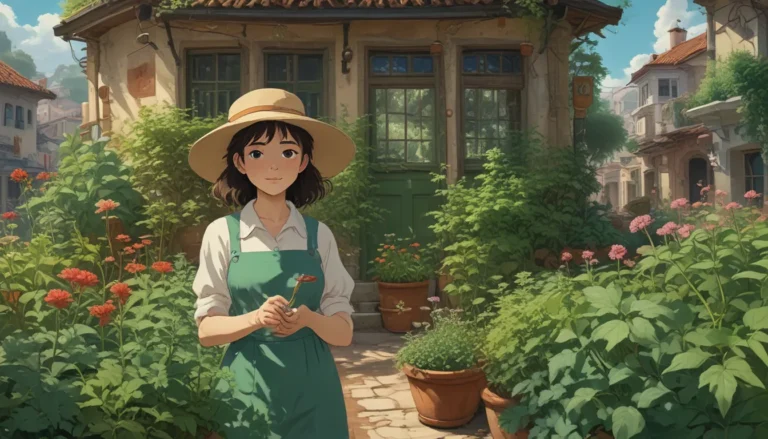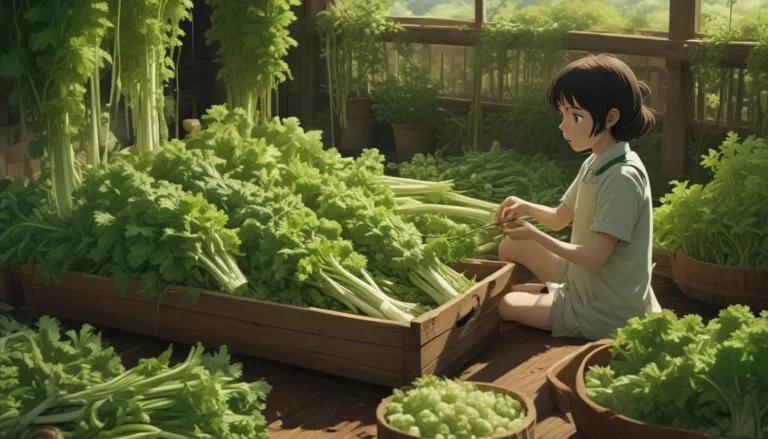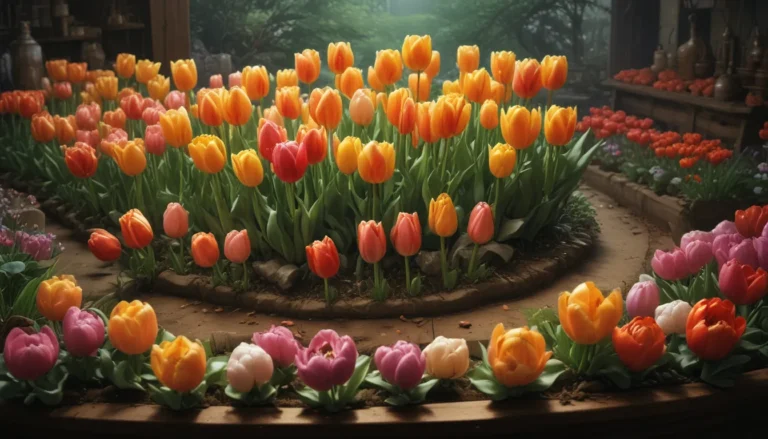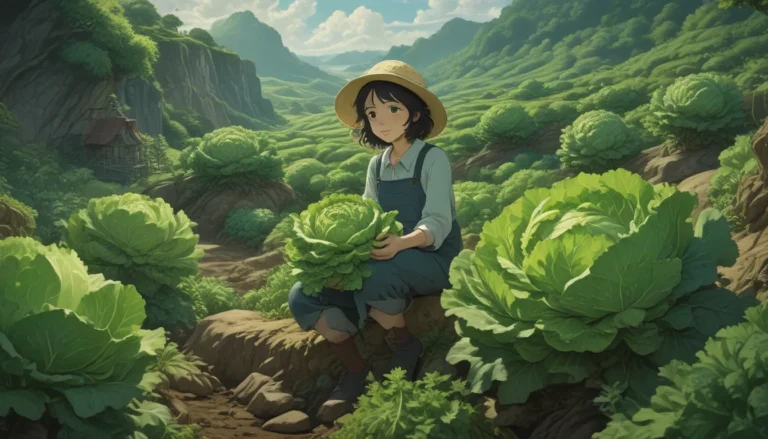The Ultimate Guide to Fall Pre-Seeding for an Early Spring Harvest

Hey there, fellow garden enthusiast! Are you like me, always eager to grow a flourishing garden but sometimes feeling overwhelmed by all the tasks at hand? If so, I’ve got a gardening hack for you: fall pre-seeding!
I discovered the magic of pre-seeding in the fall, and it has completely transformed the way I approach gardening. With just a bit of extra effort during autumn, you can set yourself up for a bountiful harvest come spring.
Curious to learn more about this simple yet effective technique? Keep reading to find out everything you need to know about pre-seeding your vegetable garden in the fall for an early spring harvest.
What You’ll Learn
- What Is Fall Pre-Seeding?
- Why Pre-Seed?
- How to Pre-Seed
- What Plants Can Be Pre-Seeded?
- Alternative “Mini Greenhouse” Method
What Is Fall Pre-Seeding?
Fall pre-seeding involves planting seeds in late fall or early winter to prepare for the following spring’s gardening season. In nature, seeds often remain dormant through the winter, waiting for the right conditions to sprout in the spring.
Some seeds require cold stratification to germinate, which means they need a period of freezing followed by a spring thaw to break dormancy. By pre-seeding in the fall, you mimic this natural process and give your seeds a head start for the upcoming season.
Why Pre-Seed?
Pre-seeding offers several benefits for your garden. By allowing seeds to overwinter and germinate naturally, you’ll experience earlier sprouting and healthier plants. Unlike seeds started indoors, pre-seeded plants are exposed to natural environmental conditions from the start, making them more resilient in the long run.
Additionally, pre-seeding eliminates the need to harden off seedlings before transplanting them outside. This natural approach to germination sets your plants up for success without the stress of sudden environmental changes.
How to Pre-Seed
Ready to give pre-seeding a try? Here’s a quick guide to get you started:
- Choose a well-draining garden bed that receives full sun in the spring.
- Clear away plant litter and add fresh compost to the soil in the fall.
- Direct sow seeds at the recommended depth before the ground freezes.
- Water thoroughly and cover with straw or shredded leaves.
- Monitor for early spring sprouts and enjoy the results!
What Plants Can Be Pre-Seeded?
Cold-hardy vegetables are excellent candidates for pre-seeding in the fall. Look for seeds that require cold stratification or are labeled as suitable for early spring sowing. Some popular options include beets, broccoli, cabbage, carrots, and lettuce.
While less cold-hardy plants like tomatoes and squash can also be pre-seeded, they may not be as successful. These varieties typically require warmer soil temperatures to germinate and a longer growing season to mature.
Alternative “Mini Greenhouse” Method
For an extra layer of protection during winter, consider using the “mini greenhouse” method. This technique involves sowing seeds in covered containers outdoors to create a controlled environment for germination.
To create your mini greenhouse:
- Choose a suitable container with drainage holes and ventilation.
- Fill with potting soil, sow seeds, and cover.
- Place outdoors in a sheltered location.
- Water as needed and monitor for seedling growth.
- Remove cover once seedlings are established and temperatures rise.
It’s Just Too Easy to Pass Up
Fall pre-seeding is a simple yet effective way to jumpstart your garden for the spring season. With minimal effort, you can enjoy early sprouts and robust plants that are ready to thrive in your garden.
So, are you ready to give fall pre-seeding a try? Share your thoughts and tips in the comments below!
Looking for more ways to extend your gardening season? Check out these helpful guides next:
- 12 Easy Ways to Extend the Harvest Season
- Extend the Season and Keep Pests Out with Floating Row Covers
- 10 of the Best DIY Greenhouses and Cold Frames For Your Backyard
Remember, with fall pre-seeding, you’ll be one step ahead in creating the garden of your dreams. Happy gardening!





